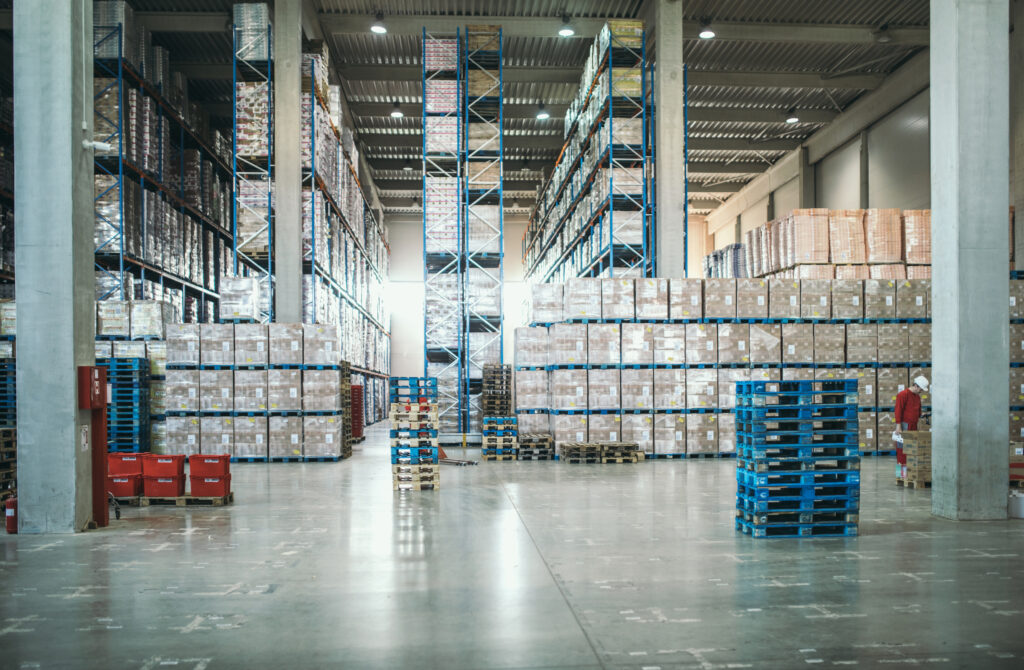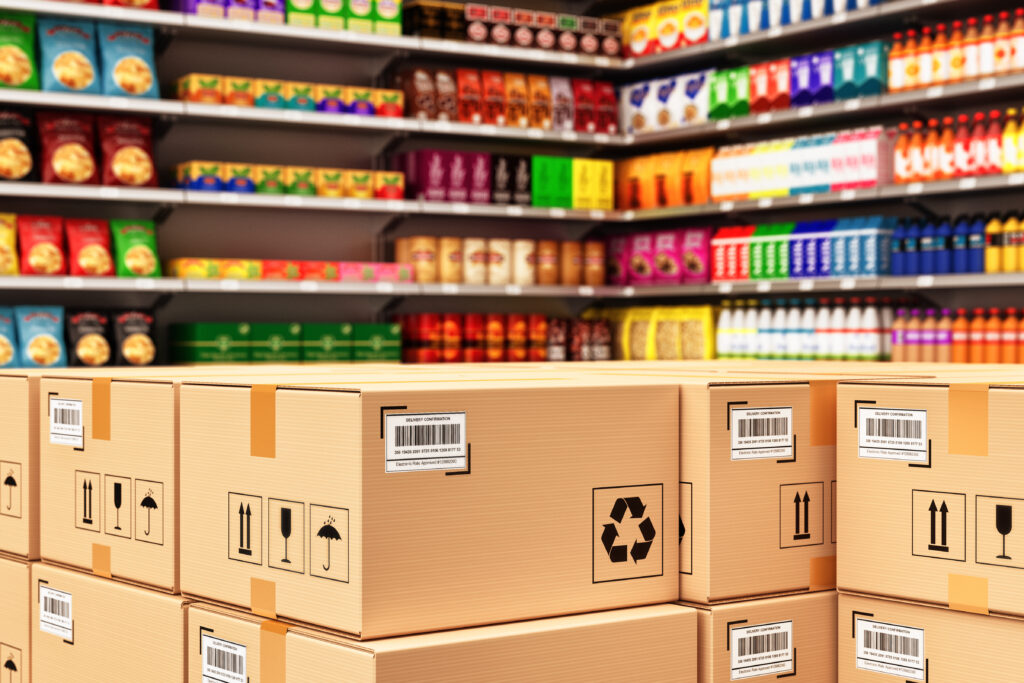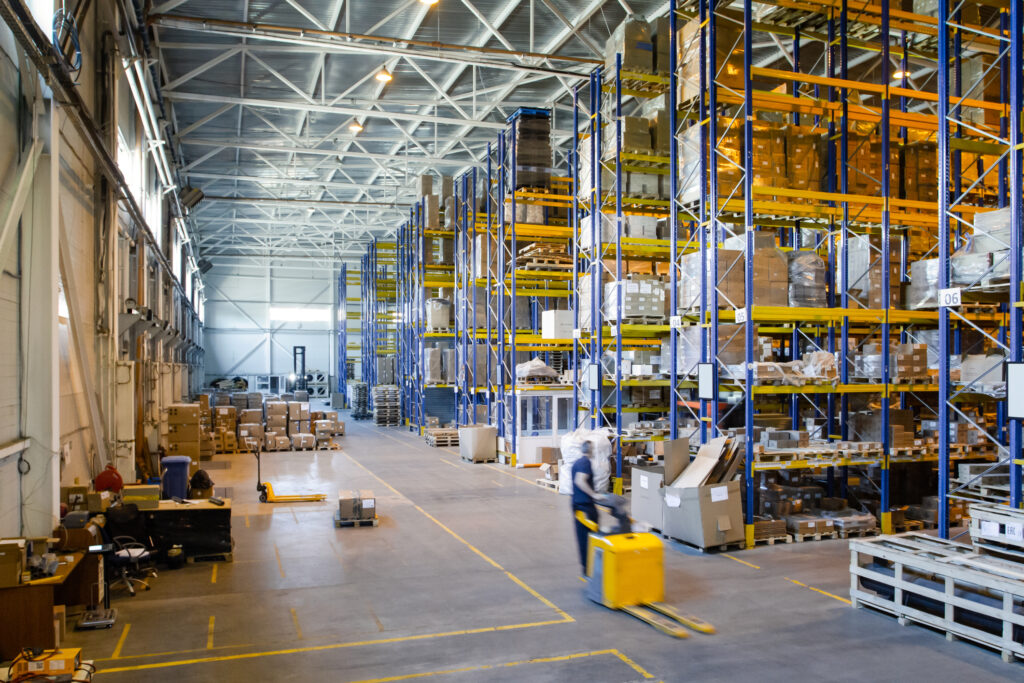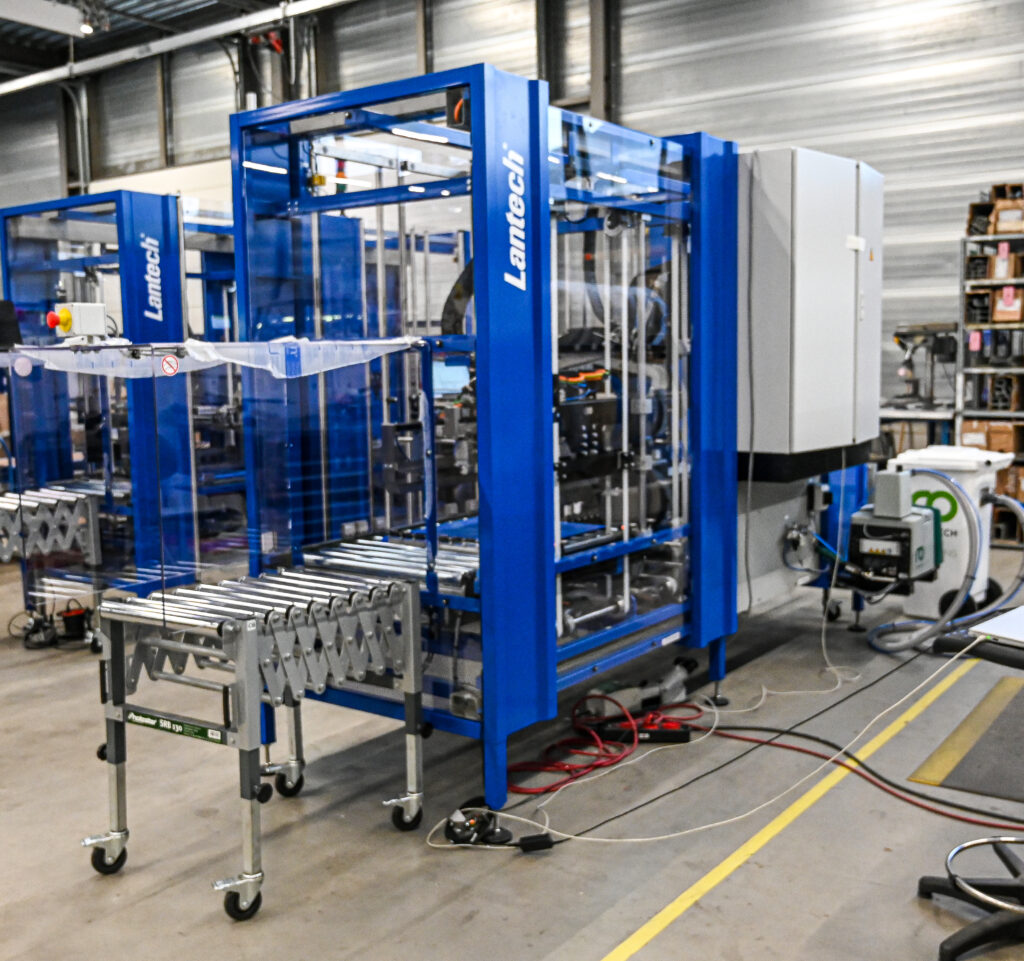We were recently asked the following question by a packaging engineer in California and thought the answer might be interesting to others as well:
Question: I’m worried about overspecifying or underspecifying containment force. How do I determine the right containment force for my load?
Answer: Here’s what Richard Johnson, Chief Engineer at Lantech and a stretch wrapping expert, had to say:
Containment force is the MOST IMPORTANT factor in shipping successfully.
Unless you’re having load failure problems, what you’re doing now is your best guide. Use a containment force tool (we prefer our CFT-6) to determine the minimum containment force on a sample of your loads. If your loads are big enough (more than about 40″ tall, for example), measure the containment force at its top, middle, and bottom.
Don’t be surprised if your containment force isn’t distributed evenly on the load. It often isn’t. Even if it’s not, and the load is shipping without problems, the lowest containment force value should become your target “standard” for shipping a good load. For example, if your load had 11 pounds of containment force at its top, 9 pounds at the middle, and 10 pounds at its bottom, and it’s shipping without problems, then your containment force standard would be 9 pounds. This means you must have at least 9 pounds of containment force everywhere on the load for it to be safe to ship.
It’s a good idea to check our Containment Force Guide to make sure you’re in the ballpark. If you do, remember that these are guidelines. The containment force that’s actually working is what you should use. If you don’t know or aren’t sure what’s working, then our guidelines are a great place to start. Also remember that these containment force guidelines are based on the Lantech CFT-6 containment force tool and aren’t valid for other containment force measuring tools.
Containment force will often vary from load to load or from line to line even on similar loads. Variations of 2X or even 3X are not uncommon. Don’t be too surprised if you see variations this large in your plant.
The wrap force you select (from the wrap force adjustment on your machine) and the number of wraps (film revolutions) should be established to produce the target standard containment force.
This will probably require some experimentation. Use your containment force tool to measure containment force at the load’s top, middle, and bottom to ensure you’re meeting your containment force standard.
Once you’ve established the wrap force setting, top counts, bottom counts, and film roll carriage up/down speeds, they become the settings to ensure a safe-to-ship load with the “right” containment force.
To learn more about containment force and how to measure it as well as other ways to make sure your loads are safe to ship, go to Lantech.com.
This post was published on October 15, 2012 and updated on April 27, 2020.
October 15, 2012






